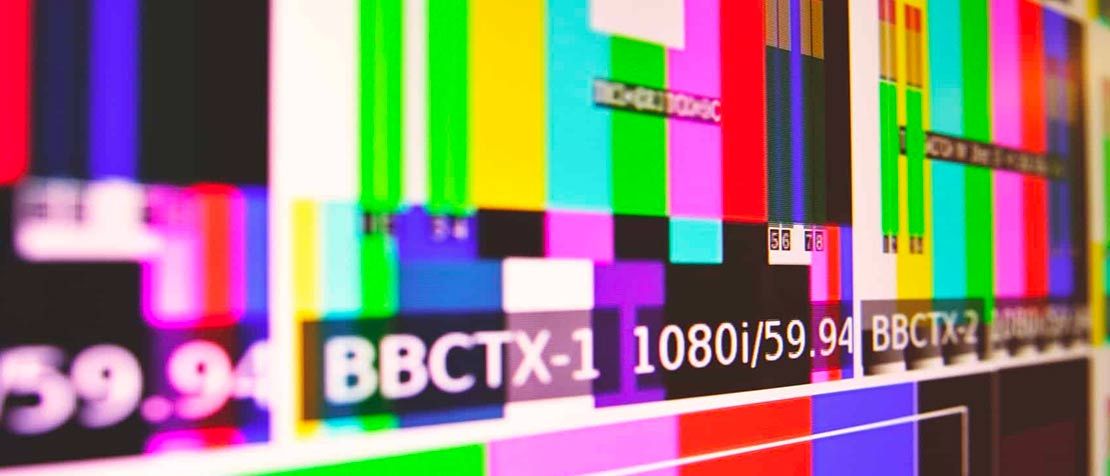
Looking into the future of digital television and Ultra High Definition TV
World Television Day is celebrated around the globe on November 21 and it is recognized as a key tool for informing the public on the important and evolving role of TV in our lives.
Even with the rise of mobile internet and online video viewing, traditional television broadcasting is still a mass media reaching billions of viewers.
According to the European Broadcasting Union’s David Wood, there will always be a role for television broadcasters and ITU’s work on the future of digital television is as relevant as ever.
“I’m quite convinced that there will always be a need for broadcasting to serve large amounts of people at the same time. That’s what it does in an unbeatable way. But we have to partner with new forms which allow for interaction and the other features that the public wants,” said Dr Wood in an interview in ITU’s studio this week.
“The ITU is fundamental. Common technical standards are the enabling mechanism for competition in a market environment. Nothing really succeeds very well without common standards and the ITU endeavors to get common worldwide standards for all kinds of systems associated with television production and distribution and of course the EBU tries to help,” says Dr Wood.
As he explained, new and improved features of digital television are at the core of the work of ITU.
“Ultra-high Definition Television is something that the ITU has been very much involved since the start. You could even say that it was begun here in the ITU,” explains Dr Wood.
Last year, ITU, along with IEC and ISO, were awarded another Primetime Emmy for the video compression standard that has emerged as the primary coding format for Ultra-High Definition TV (UHDTV) by ITU’s Standardization Sector (ITU-T).
So, what does the future of TV look like? Watch the video to learn more:Just last month, ITU hosted a demonstration of the standard dynamic range (SHD) and the high dynamic range (HDR) production formats, and the conversion methods developed by ITU’s Radiocommunication Sector (ITU-R) operating at UHD 4K resolution in real-time.
ITU also works with broadcasters in developing countries to help facilitate the ‘Digital Switchover.’ For example, ITU’s Telecommunication Development Sector (ITU-D), partnered with the National Broadcasting and Telecommunications Commission (NBTC) of Thailand to assist in the transition from analogue to digital broadcasting. The project has enabled community broadcasters to improve the quality of their services and expand their programme content.
Read the World Television Day Communique from ITU here.
